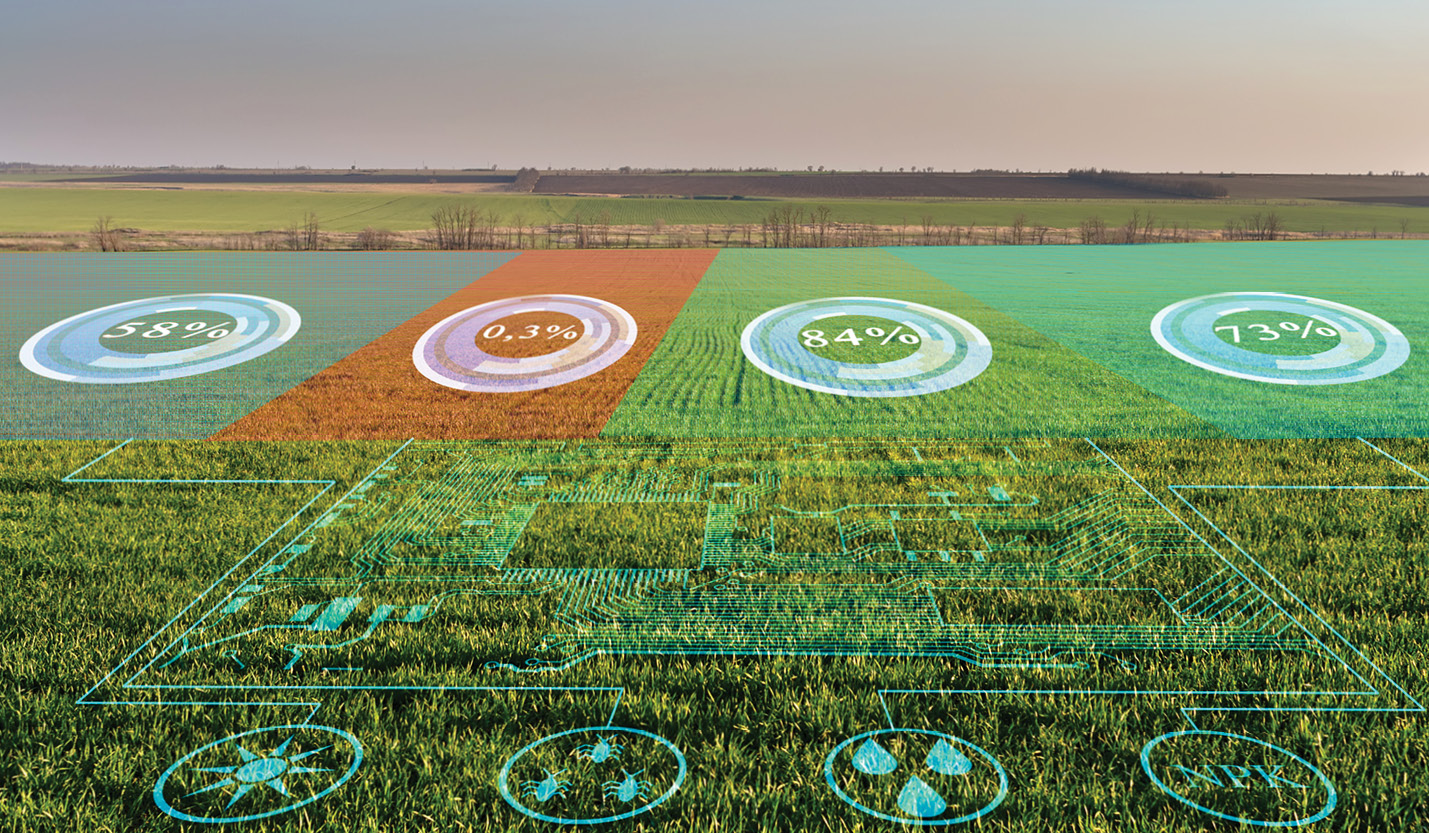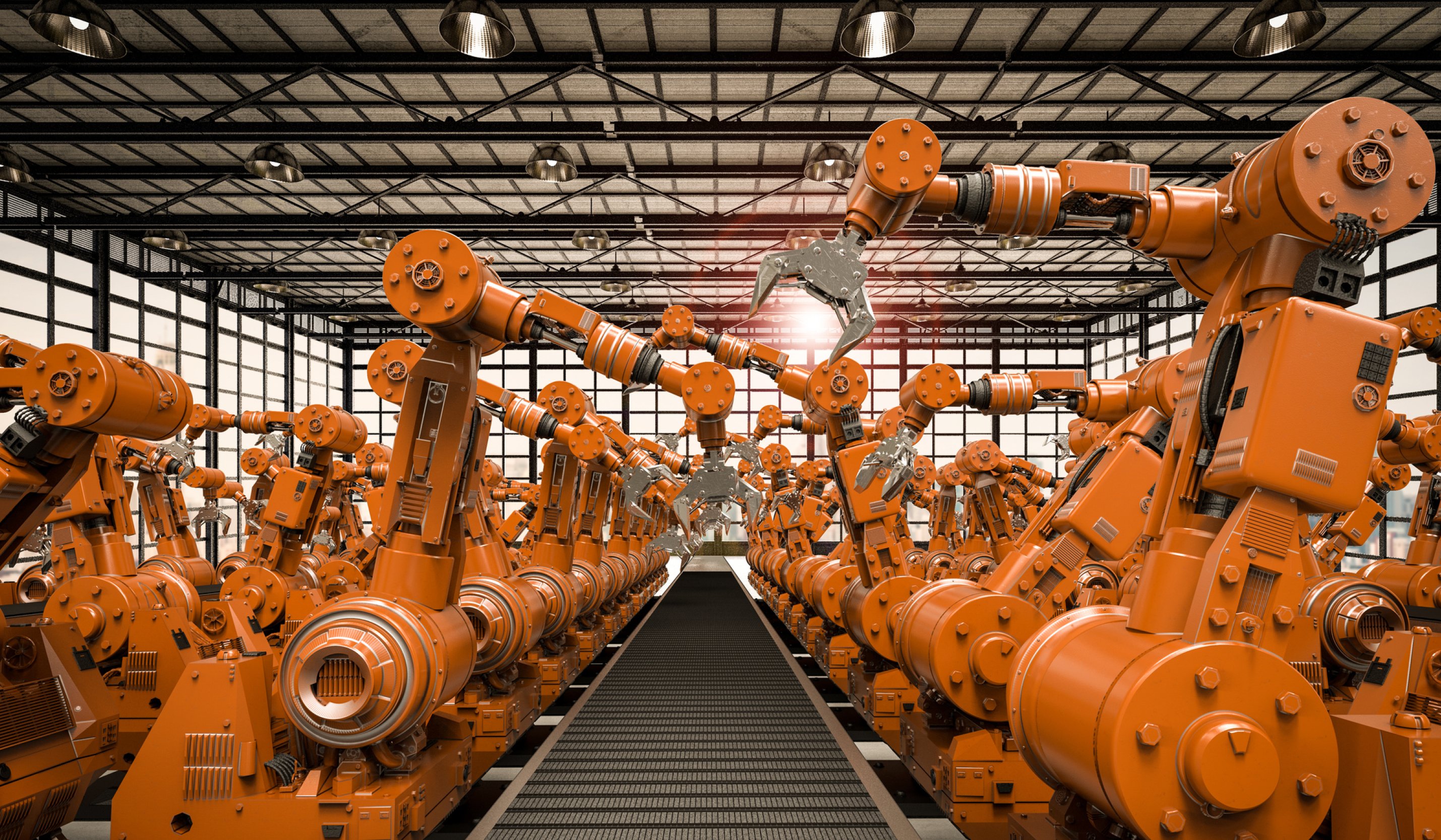The farm industry continues to transform. While smaller family farming operations maintain a strong presence and make up a large percentage of the market, we’re seeing growth of large commercial farms that include a variety of operations and layered revenue streams. It is an ultra-competitive market with each company searching for an edge over their competitors.
Robotics/Drones
Update from The Farm…Farmowners Product Expanding
Nov 30, 2021 / by Hope King posted in Technology, Issues & Trends, Data & Technology, Robotics/Drones, Tech News, Farm & Ag, P&C Insurers, Farming, AAIS News & Views, AAIS Insights, Data/Tech, Insurance Line of Business, Farmowners (FO)
Reliable Robotics Take on Tasks
Oct 21, 2019 / by Mutual Boiler Re posted in Community, Technology, Issues & Trends, Data & Technology, Robotics/Drones, Insurtech, IoT, New/Emerging Risks, Industry, Farming, Data/Tech, Mutual Boiler Re, FM Global Group, AAIS Views
Robots – once the subjects of science fiction books, movies and TV programs – are now real-life partners involved in our daily lives in many ways.
Robotic applications are cropping up everywhere to replace an assortment of jobs that
have been performed by humans for decades. Often times, they’re designed to perform a very specific task, allowing them to deliver enhanced productivity, reduced operating costs and decreased error rates. They can be found in various locations and industries, completing repetitive tasks such as assembling orders in a warehouse, harvesting crops on a farm and even preparing meals at a fast-food restaurant.


